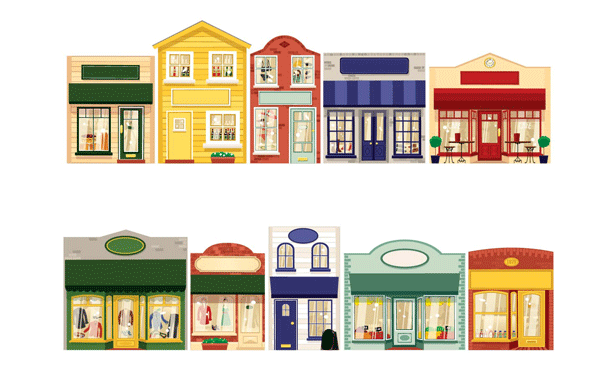Remember all the empty freestanding storefronts and shops in malls and strip centers? Some are still vacant, but retail is adjusting to the post-pandemic and e-commerce waves, as well as to inflation, migration and remote work. To tweak the famous quote of writer Mark Twain, the report of its death is an exaggeration.
But it's not the same old. Instead, it's adapting with three major trends occurring, according to CBRE.
Suburban retail is strong, after being on shaky ground as many stayed home. When they were ready to venture out, they shopped locally, got to know the Mom and Pop food market, smaller chain of shoe stores or athletic wear and some national chains that had taken spots in affluent 'burbs. For some shoppers, it was a new experience, thinking local rather than big-city retail. And now many continue to do so. In contrast, the stores taking the brunt of the new activity are retailers on once busy commuting paths. Urban retail availability was much greater than in suburbs, according to an earlier CBRE report from last year. Now, many retailers looking to expand eyeball sites outside the urban core. Already, asking rent growth in the suburbs outpaced urban areas last year. For coming months, the outlook for these suburban retailers is positive since many want to take advantage of their close-by shoppers.
Recommended For You
Want to continue reading?
Become a Free ALM Digital Reader.
Once you are an ALM Digital Member, you’ll receive:
- Breaking commercial real estate news and analysis, on-site and via our newsletters and custom alerts
- Educational webcasts, white papers, and ebooks from industry thought leaders
- Critical coverage of the property casualty insurance and financial advisory markets on our other ALM sites, PropertyCasualty360 and ThinkAdvisor
Already have an account? Sign In Now
*May exclude premium content© 2025 ALM Global, LLC, All Rights Reserved. Request academic re-use from www.copyright.com. All other uses, submit a request to [email protected]. For more information visit Asset & Logo Licensing.








